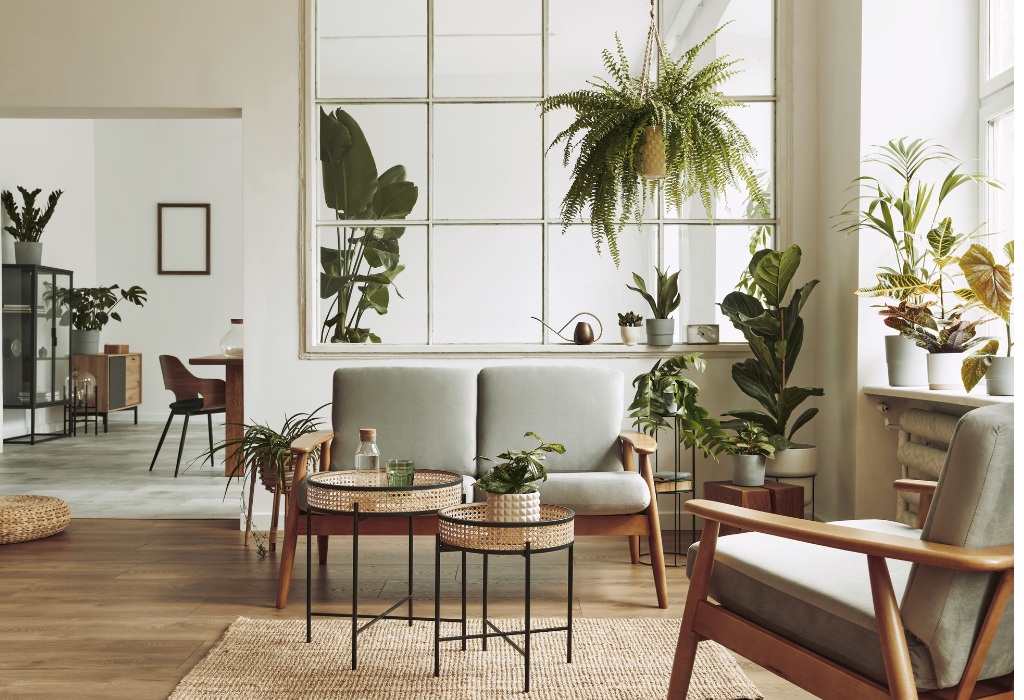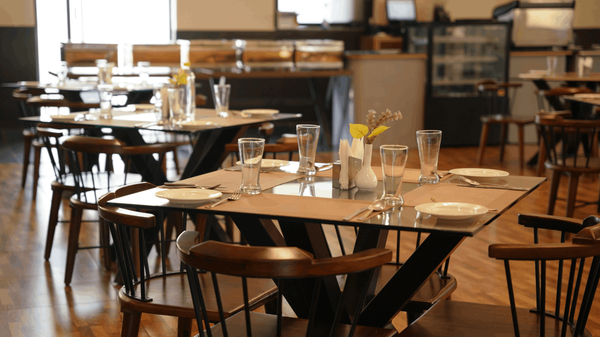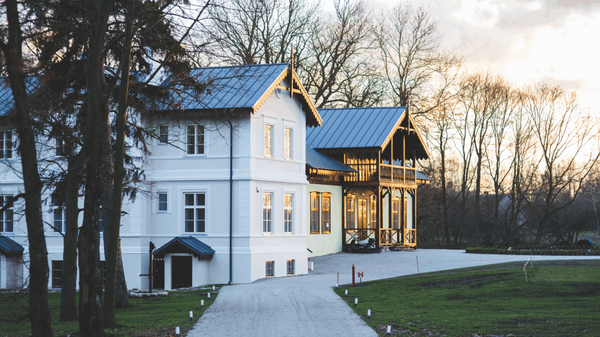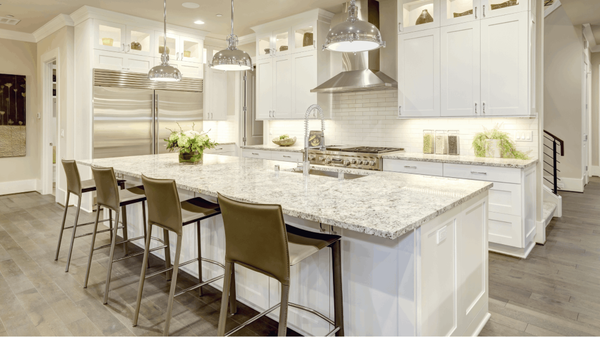Decorate Like a Pro: Expert Tips for Stylish Spaces

Feeling stuck on where to begin with decorating your room? You're not alone! Whether you're tackling your living room, bedroom, or even your entire home, it's easy to feel overwhelmed.
But don't worry, we've got you covered! In this guide, we'll walk you through a simple step-by-step process to transform your space from drab to fab.
Budget Your Renovation
To keep your remodel or redesign on track, having a budget is essential. Start by deciding how much you're willing to spend on your project. Break down your expenses into categories like "must haves," "nice to haves," and "not a priority," and estimate the costs for each.
Create a spreadsheet to track every aspect of your project, including fixed costs and estimated expenses. If you're sourcing materials yourself, calculate square footage to estimate material costs accurately.
Keep your spreadsheet updated to monitor your budget and cash flow throughout the project. It's wise to include an additional 15% for unexpected expenses, or even 20% for larger projects like a complete kitchen remodel.
It's crucial to have a cushion in your budget for unforeseen issues, like discovering dry rot or corroded plumbing during the renovation process. Once you've set your budget, stick to it and resist the temptation to make expensive upgrades mid-project unless you can truly afford them. This way, you'll avoid blowing your budget and ensure a successful renovation.
Create a Mood Board
Before diving into spending your hard-earned money, it's wise to start by creating a mood board. This allows you to step back and identify common themes in your design vision.
Planning ahead is key to avoiding a disjointed look and costly mistakes. A mood board helps you establish a clear plan of action, ensuring a cohesive design outcome.
Consider these questions:
- What is the purpose of the space? Will it serve practical needs for families or be a private relaxation area?
- What mood or atmosphere do you want to create in the room? Think of descriptive words to guide your vision.
- What styles, themes, and colors appeal to you? Sometimes our preferences surprise us, so it's essential to explore various options.
Taking the time to answer these questions will lay a solid foundation for your design project, leading to a space that reflects your vision and meets your needs.
Choosing the Right Colors
Once you've settled on the mood and style of your space and gathered inspiration from your mood board and other objects, it's time to consider wall paint.
Selecting a color palette is a crucial aspect of interior design. While each room could have its own style and color scheme, it's often beneficial to create a cohesive look throughout your home. Limit yourself to three main colors for the room and experiment with variations and adaptations.
Here are some tips to help you choose the perfect paint colors:
- Research paint color palettes online or in magazines for inspiration.
- Bring paint samples home and observe them in different lighting conditions throughout the day.
- Be aware that paint colors may appear more saturated on the wall than on the chip, so always test them in your space.
- Take into account the color of your existing walls, as it can affect how the new color looks.
- Consider using primer to paint samples on a white wall, or use large white poster boards to leave a border around the sample.
- Consult interior designer or paint-expert vetted paint palettes for reliable color options.
- Choosing Flooring
- Consider painting large samples on poster boards or directly on the wall to see how the colors look in different lights.
Using your swatch collection, decide on the flooring material for your room. Choose a floor color that contrasts with the walls, and consider how natural light will reflect on the floor. Flooring choices, like long planks, can add depth to the room's design.
Start with the Walls
Whether you prefer paint or wallpaper, your walls will be the primary source of color in the room. Opt for bright or clear colors to make the space feel larger, and contrast the walls with a white ceiling for an open, airy feel.
Arrange Your Furniture
Once you've established the overall look of your room, it's time to arrange your furniture. Experiment with different layouts to find the most functional and visually appealing arrangement. Add decorative objects as finishing touches, but be mindful not to overcrowd the space and maintain a balanced color scheme.
Start by considering different furniture options and measuring them in your space. Determine which pieces will fit best and complement the room's design. For a living room, essential pieces may include a sofa and coffee table, or a sofa with a couple of armchairs.
When selecting foundation pieces like a couch and coffee table, opt for neutral tones and timeless designs. These versatile pieces can adapt to various styles and color schemes over time. This approach allows you to express your style preferences with smaller decor items without overspending on major furniture pieces.
However, keep in mind that soft furnishings are susceptible to wear and tear, especially if you have children or pets. Prioritize durability over cost when selecting sofas and upholstered furniture.
Focus on Lighting
Lighting is crucial for creating the right ambiance in your room, especially in the evenings. Experiment with different lighting placements to illuminate the space effectively. Consider recessed spotlights in the ceiling for soft and directional lighting that doesn't visually narrow the room.
Be Thoughtful About Art
Artwork should be more than just a finishing touch—it's a form of self-expression. Avoid treating art as an afterthought or a mere space filler. Instead, choose pieces that resonate with you emotionally and reflect your personal style. Avoid selecting artwork solely based on its ability to coordinate with other elements in the room; focus on creating a meaningful connection with each piece you choose.
In conclusion, decorating your room can be an exciting journey filled with creativity and personal expression. By following the steps outlined in this blog, you can transform your space into a reflection of your unique style and preferences. From selecting color palettes and arranging furniture to prioritizing lighting and choosing artwork, each decision contributes to the overall ambiance and atmosphere of your room.
Remember to take your time, experiment with different options, and trust your instincts. With a thoughtful approach and attention to detail, you can create a space that not only looks beautiful but also feels like home. So, roll up your sleeves, unleash your creativity, and let the decorating begin!
Categories
Recent Posts











